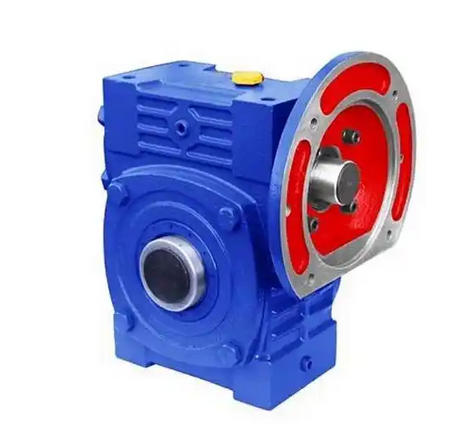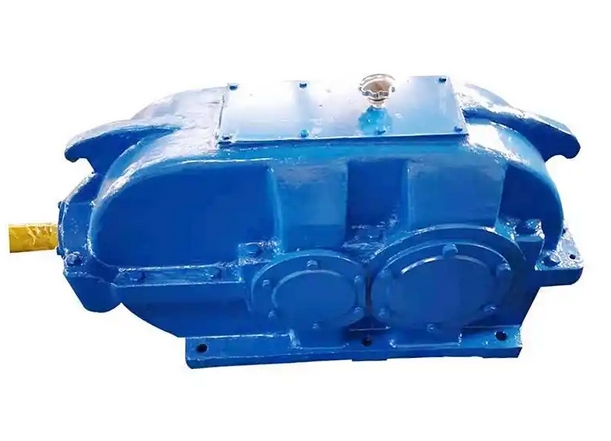Share some troubleshooting methods for WPWDK70-60 worm gear reducer
WPWDK70-60 belongs to worm gear reducers, and its fault types are highly compatible with reducers of the same structure, mainly focusing on common problems such as overheating, abnormal noise, and oil leakage. The following are targeted troubleshooting methods that can quickly locate and solve problems:1. Excessive temperature rise
Common reasons: excessive or insufficient lubricating oil, aging and deterioration of oil quality; Long term overload operation of equipment leads to increased friction in transmission components; The coaxiality deviation between the motor, reducer, and working machine is large, or the poor heat dissipation environment results in the inability to dissipate heat.
Adjust the amount of lubricating oil according to the oil gauge scale and replace it with a suitable new lubricating oil; Reduce the load to the rated range to avoid long-term overload operation; Re calibrate the coaxiality of the three, clean up debris around the equipment, ensure ventilation and heat dissipation space, and install a small heat dissipation fan if necessary.

2. Abnormal noise or noise
Common reasons: Bearing wear, damage, or excessive clearance; Wear and damage to the tooth surfaces of the worm gear and worm, resulting in poor meshing; Metal debris and other foreign objects mixed into the body; Insufficient lubricating oil causes dry friction in the components.
Exclusion method: Disassemble and inspect the bearings. If there is any damage, replace them immediately with bearings of the same model; Check the tooth surface of the worm gear and worm. Minor wear can be polished and repaired, while severe peeling or tooth breakage requires replacement of parts; Drain the lubricating oil, thoroughly clean the foreign objects inside the machine, and then add clean and compatible lubricating oil; Add lubricating oil according to the standard to avoid dry friction.
3. Excessive vibration
Common reasons: The base is not firmly fixed and the installation surface is uneven; Loose connecting bolts; Worn worm gears or bearings result in excessive transmission clearance.
Exclusion method: Reinforce the base, use gaskets to find a safe installation surface, and ensure that the equipment is installed stably; Thoroughly inspect all connecting bolts, tighten them one by one, and install anti loosening washers; Detect the wear of transmission components, replace severely worn worm gears or bearings, and adjust the transmission clearance to the standard range.
4. Oil leakage
Common reasons: oil seal aging, lip wear, or oil seal gear shaft neck wear; The oil drain plug is not tightened and the thread seal is ineffective; Oil label damage; Too much lubricating oil has been added, resulting in excessive internal pressure.
Exclusion method: Replace the aging oil seal. If the journal is worn, repair or replace the corresponding shaft; Apply sealant to the thread of the plug and tighten it again; Replace the damaged oil gauge; Drain excess lubricating oil according to the oil gauge and reduce internal pressure.



